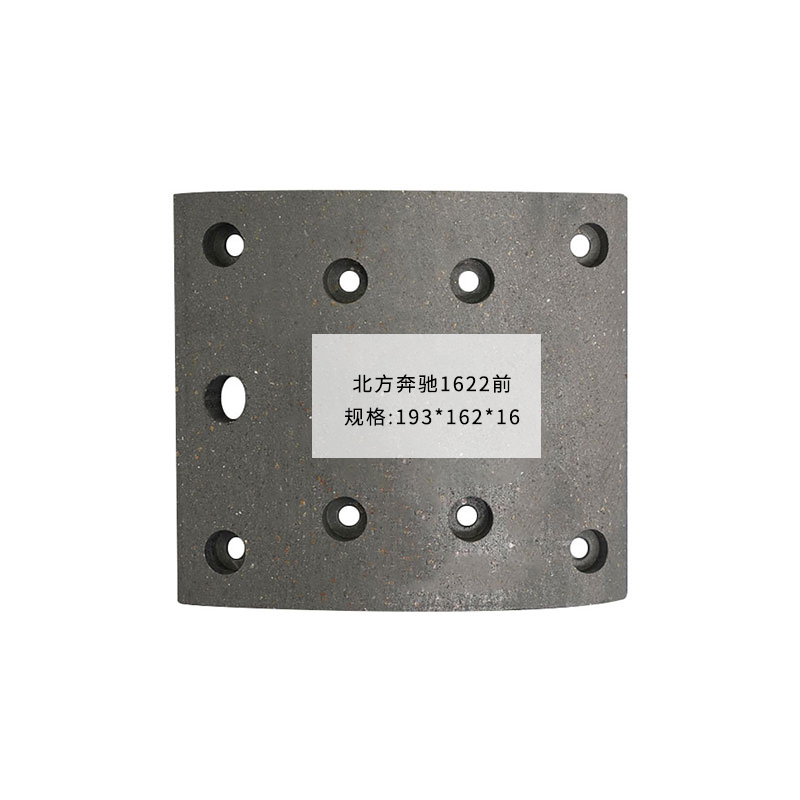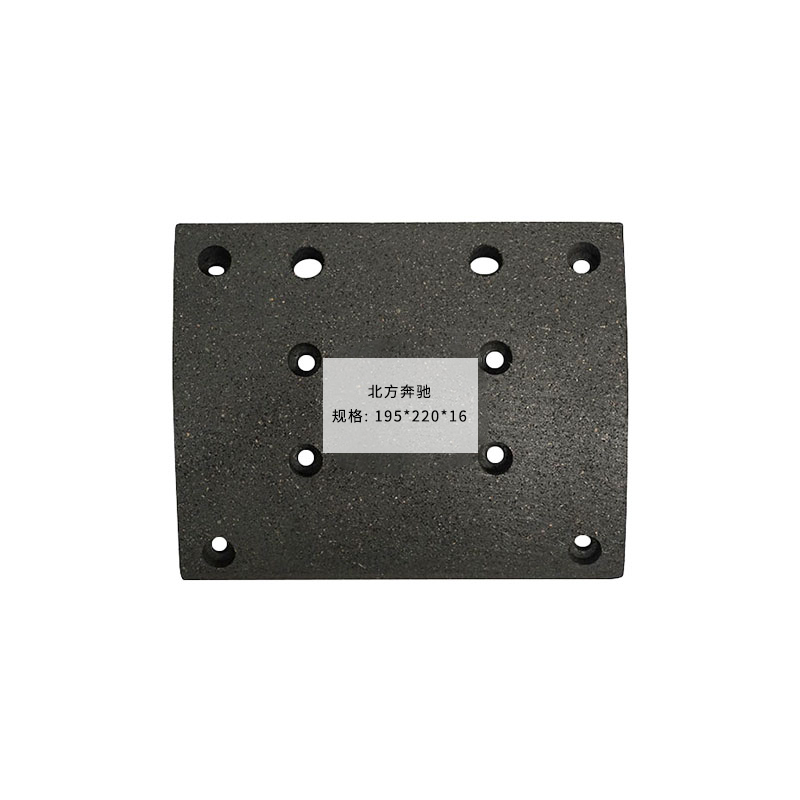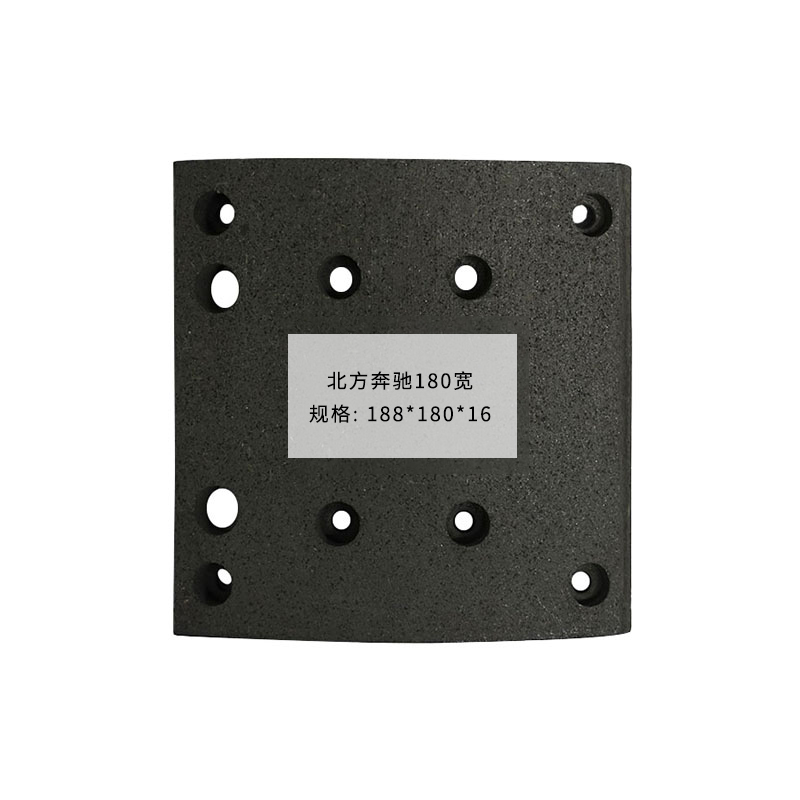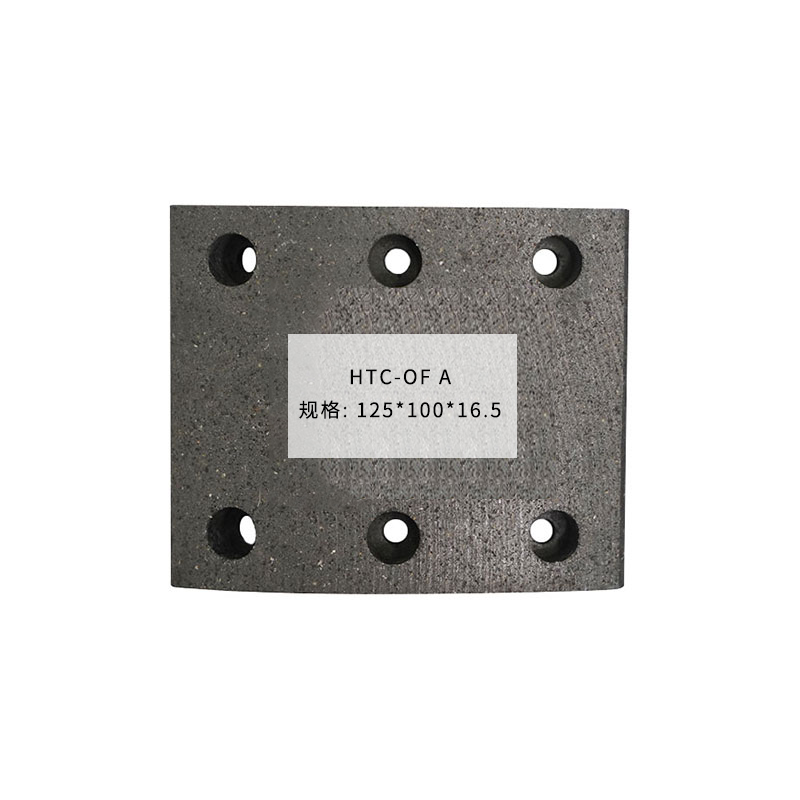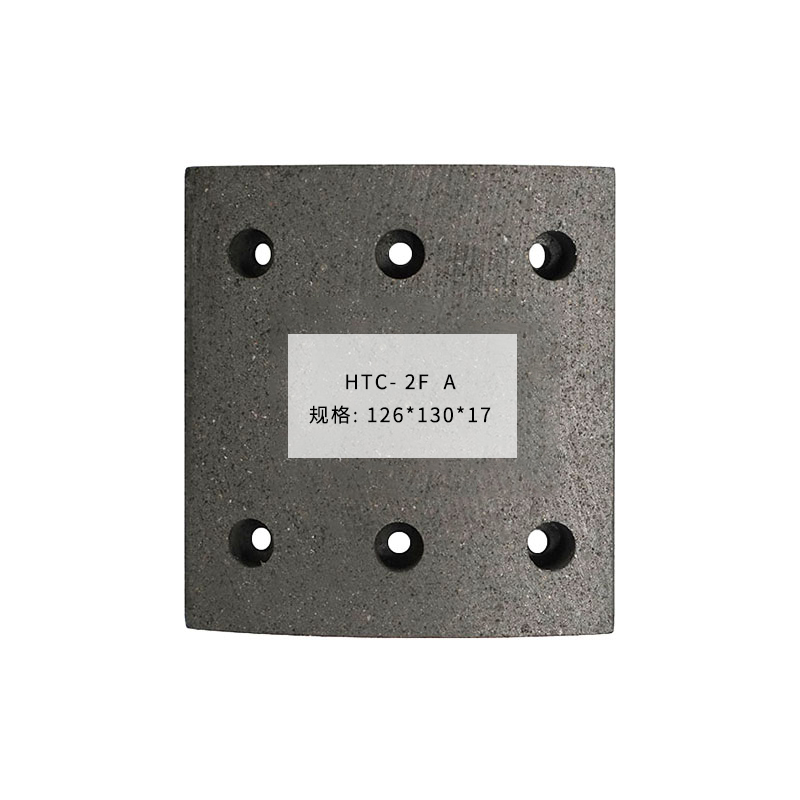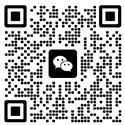Brake linings are one of the most critical components of your vehicle's braking system. These friction materials, bonded to brake shoes in drum brakes or forming the core of brake pads in disc brakes, are solely responsible for converting kinetic energy into thermal energy, slowing your vehicle down. Over time, through continuous use and the immense forces they endure, brake linings inevitably wear down. Recognizing the signs of worn brake lining material early is not just about avoiding costly repairs; it's fundamentally about ensuring your safety and the safety of others on the road.
Ignoring these warning signs can lead to compromised braking performance, increased stopping distances, and even complete brake failure. Here’s a detailed look at the indicators that suggest your brake lining might be worn and in need of replacement.
1. The High-Pitched Squeal or Squeak
This is often the first and most common indicator of worn brake lining. Many modern brake pads come equipped with a small metal tab, known as a "wear indicator." When the brake lining wears down to a certain point, this tab makes contact with the rotor (in disc brakes) or drum (in drum brakes), producing a distinctive, high-pitched squeal. This sound is deliberately designed to be irritating, prompting you to get your brakes inspected. While an occasional squeak might be due to moisture or dust, a persistent squeal, especially when you apply the brakes, is a strong signal that your brake lining is thin.
2. Grinding Noises
If you've moved past the squealing phase and are now hearing a harsh, metallic grinding sound when you brake, it's a serious red flag. This noise typically means that the brake lining material has completely worn away, and the metal backing plate of the brake pad or brake shoe is now scraping directly against the metal brake rotor or drum.
Reduced friction material means less gripping power, directly translating to a decreased ability to slow down your vehicle efficiently. This is a critical safety issue that demands immediate attention.
5. Visual Inspection and Dashboard Warning Lights
A direct visual inspection can often confirm suspicions. If you can safely see your brake pads (for disc brakes), observe the thickness of the brake lining material. Most manufacturers recommend replacement when the brake lining is down to about 3-4 millimeters or less. Anything below that is considered worn. For drum brakes, visual inspection is more involved as it requires removing the wheels and drums.
Some modern vehicles are equipped with electronic wear sensors that will trigger a warning light on your dashboard when the brake lining has worn to a critical level. If this light illuminates, do not ignore it.
Conclusion
Paying attention to your vehicle’s cues is paramount for maintaining safety. The sounds, sensations, and performance changes discussed above are clear indicators that your brake lining is worn and requires professional inspection and likely replacement. Addressing these signs promptly not only safeguards your vehicle's braking system from further damage but, most importantly, protects you and your passengers by ensuring reliable stopping power when you need it most.

 English
English 中文简体
中文简体
